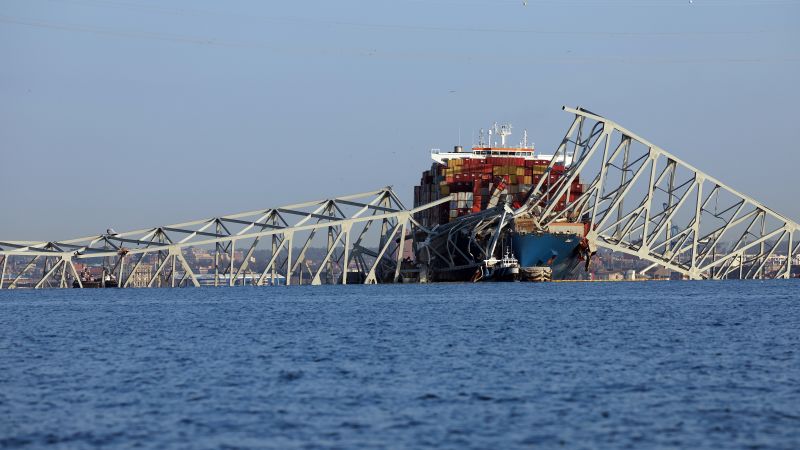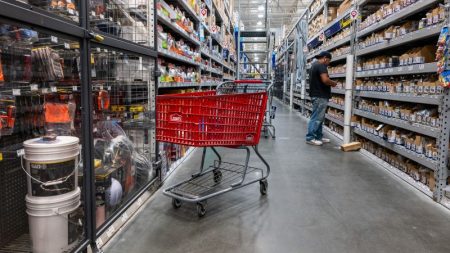The recent collision of a container ship into the Francis Scott Key Bridge in Baltimore has raised concerns about the vulnerabilities of America’s bridges. The Key Bridge had stood for 47 years without any major incidents, but when a massive ship collided with it, the bridge collapsed in less than a minute. While such catastrophic collapses are not common, collisions have caused bridge failures in the past and efforts could have been taken to prevent this one.
Federal safety inspections of the Key Bridge prior to the collision indicated that it was in “fair” condition and fully up to code according to Maryland’s governor. However, thousands of bridges across the US are in poor shape, with 46,000 bridges considered to be in poor condition and at risk of collapse from a single hit. Factors such as extreme weather events, heavier trucks, and collisions from larger container ships pose significant risks to bridges in the United States.
The American Society of Civil Engineers has classified around 7.5% of all bridges in the US as structurally deficient and in poor condition. While structurally deficient bridges are not inherently unsafe, they do require substantial investment for maintenance and are at higher risk for closures or weight restrictions. The rate of spending on improvements for these bridges has slowed, resulting in a backlog of bridge repairs estimated at $125 billion.
The federal infrastructure law passed in 2021 includes funding for roads, bridges, and major infrastructure projects, which could help cover some of the costs of bridge improvements. However, the increasing threat of extreme weather events and heavier trucks poses challenges for the resilience and safety of the nation’s bridges.
In addition to aging infrastructure and extreme weather, bridges face risks from heavier trucks that can over-stress bridge elements and decrease their lifespan. More than 17,000 bridges are vulnerable to collapse from a single hit, known as a “fracture critical” bridge. These issues highlight the urgent need to improve and protect old bridges to guard against modern vessels and larger ships to prevent catastrophic incidents like the collapse of the Key Bridge.
To minimize the potential for ships to bring down bridges, experts recommend implementing redundancies and protections around bridges’ danger points, such as dolphins or fenders. These structures can deflect some of the force in the event of a collision and are quicker and more cost-effective solutions than building entirely new bridges. Efforts to enhance bridge safety and resilience in the face of evolving threats will be crucial in protecting critical infrastructure and preventing future disasters.















